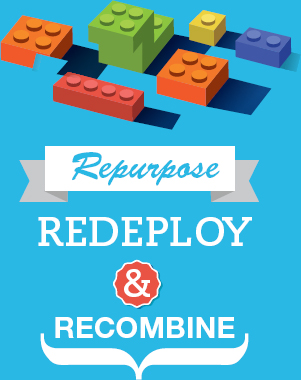
Every company utilizes a specific set of resources (e.g., competencies and assets) to turn some form of input (e.g., raw materials, semifinished goods, information, ideas) into some form of output (e.g., a product or service) of value to others. Many of those resources are embedded in an organization’s own business model (e.g., knowledge, skills, experience, infrastructure, facilities, financial capacity, brands). Others are possessed by external companies (e.g., suppliers, partners, distributors) that work with the firm at various points in the value chain as part of a larger business ecosystem.
For most of the industrial era, companies have predominantly asked themselves how to use the resources available to them more efficiently—in other words, how do we produce basically the same kinds of goods and services only faster, better, and cheaper? But in today’s value-based economy, companies increasingly need to ask themselves how to use the resources available to them more innovatively—”How do we leverage existing skills and assets in different ways, different contexts, or different combinations, in order to create new opportunities for value creation and growth?”
Consider some of world’s leading companies. Certainly, firms like Apple or Amazon are brutally efficient in their operations—think about the thousands of iPhones and iPads produced by Chinese assembly lines every single ...
Get The Four Lenses of Innovation: A Power Tool for Creative Thinking now with the O’Reilly learning platform.
O’Reilly members experience books, live events, courses curated by job role, and more from O’Reilly and nearly 200 top publishers.

